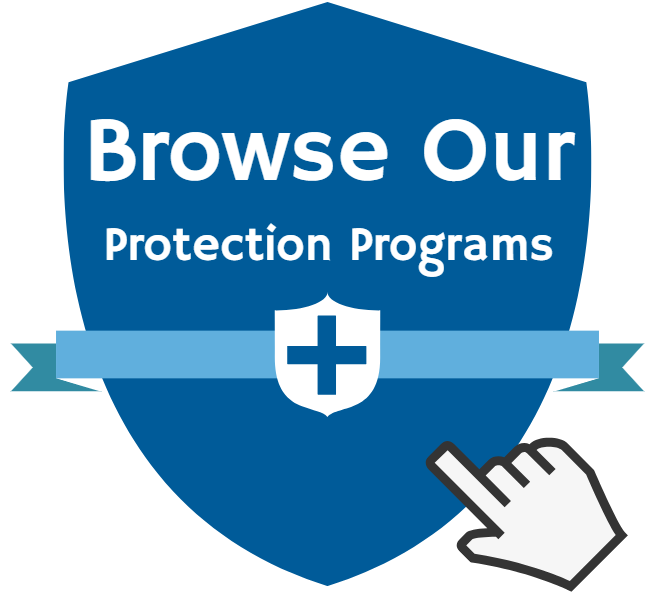If you practice in an operating room, sooner or later you will get stuck with a needle. We all try to follow best practices. But, when you have sharp tools, on occasion, the unfortunate does happen.
Last year, an ophthalmologist in Oregon relayed this tale. He had used a syringe and needle to aspirate and irrigate fluid over the cornea. He passed the syringe back to his scrub tech. The needle pricked the scrub tech’s finger and drew blood.
The ophthalmologist told the story to the patient, a 64 year old woman. She agreed to be tested for the usual stuff. Hep B, Hep C, and HIV. The patient had screening tests done and that afternoon, the lab reported a positive test for HIV.
Now what?
First, the patient had no discernible risk factors for HIV. Next, the prevalence of HIV in this community was low. Likely, the screening test was a false positive. And a screening test is just that – a prelude to a more definitive test, if positive. Even if a test is highly sensitive and highly specific, if the prevalence rate for the tested disease is low, there will be a fair number of false positives.
The CDC stated that there had been no known cases of HIV transmission from patient to healthcare workers in the US over the past decade. Cold comfort indeed.
More calls to infectious disease physicians; pathologists who run labs; etc.
Meanwhile, the recommendation was to consider prophylactic HIV medication sooner rather than later. So, such medication would need to be started before a confirmatory test returned.
This was a difficult conversation with the scrub tech.
Looking at this through the cool lens of statistics, the odds of this patient being HIV positive were low. The likelihood a single stick from a surface that contained no blood transmitting HIV to the scrub tech was even lower. And the opportunity to use prophylactic medication during this window should neutralize any infection taking hold.
Yes, all medications have side effects.
And people are not statistics.
Still, this was a tense time operating room team.
The patient’s follow-up HIV test was negative. Crisis aborted.
Winston Churchill once said, “there’s nothing so exhilarating as being shot at without effect.”
What do you think? Share your comments below.






The risk of contagion from a needle stick is very low for HIV. I have a friend who works in Africa in a country with a 35% HIV in the population. He tells me he has no concern from a non hollow core needle, but a hollow core needle or knife cut his higher risk. One of our workers had exactly the same experience. Screening test often false positive.